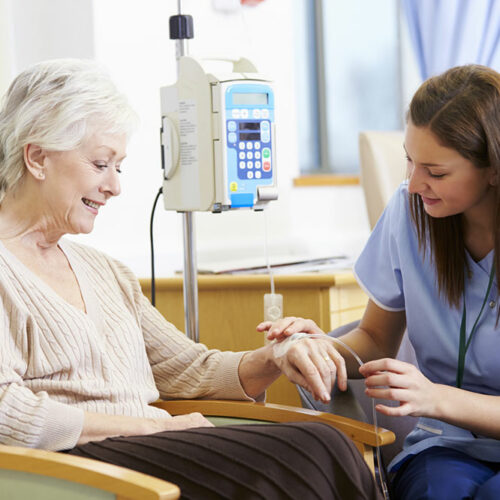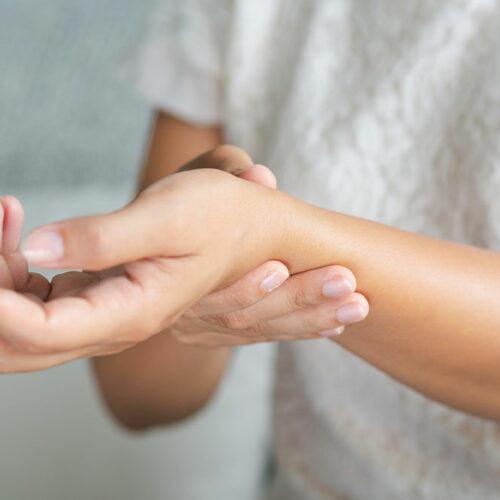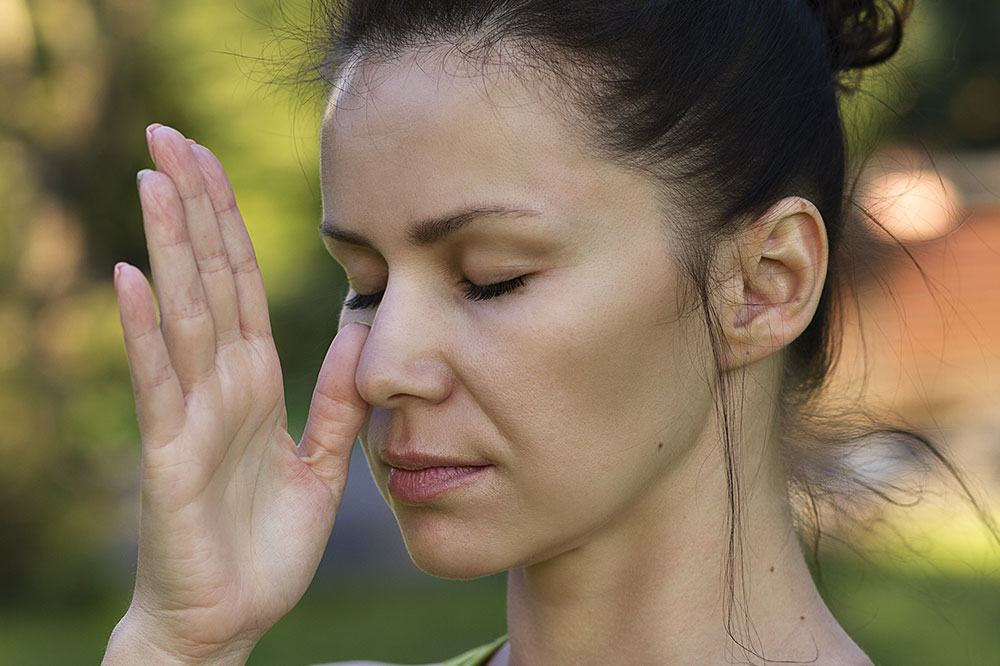Leukemia – Silent Signs, Causes, and Management Options

Leukemia is cancer that affects the blood cells and bone marrow. It is a condition that requires prompt medical attention. While some forms of leukemia can be cured, others may require lifelong treatment to manage symptoms and prolong survival. Some symptoms of leukemia are obvious, such as fatigue and frequent infections, but there are also silent signs that may go unnoticed. Here are some common symptoms, causes, and treatment options for leukemia. What is leukemia? Leukemia is a cancer of the blood cells that affects the bone marrow, the spongy tissue inside the bones that produces blood cells. Leukemia occurs when the bone marrow produces abnormal white blood cells, which are known as leukemia cells. These leukemia cells do not function properly and can crowd out healthy blood cells in the bone marrow. This can lead to various health problems, including anemia, infections, and bleeding disorders. There are four main types of leukemia: chronic lymphocytic leukemia (CLL), acute lymphoblastic leukemia (ALL), acute myeloid leukemia (AML), and chronic myeloid leukemia (CML). Silent signs of leukemia Bruising and bleeding Leukemia cells can interfere with the body’s ability to produce platelets responsible for clotting the blood. As a result, people with leukemia may experience bruising and bleeding, even from minor injuries.






